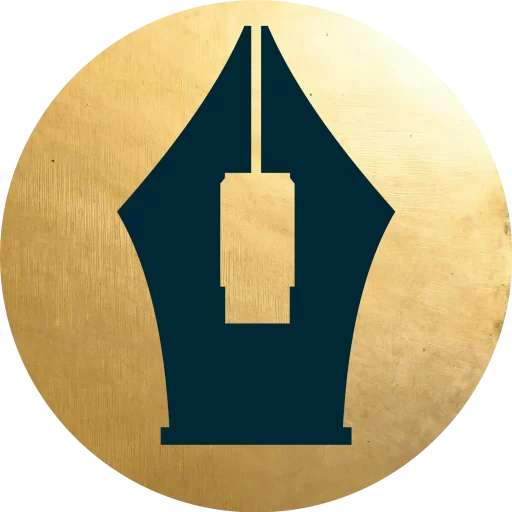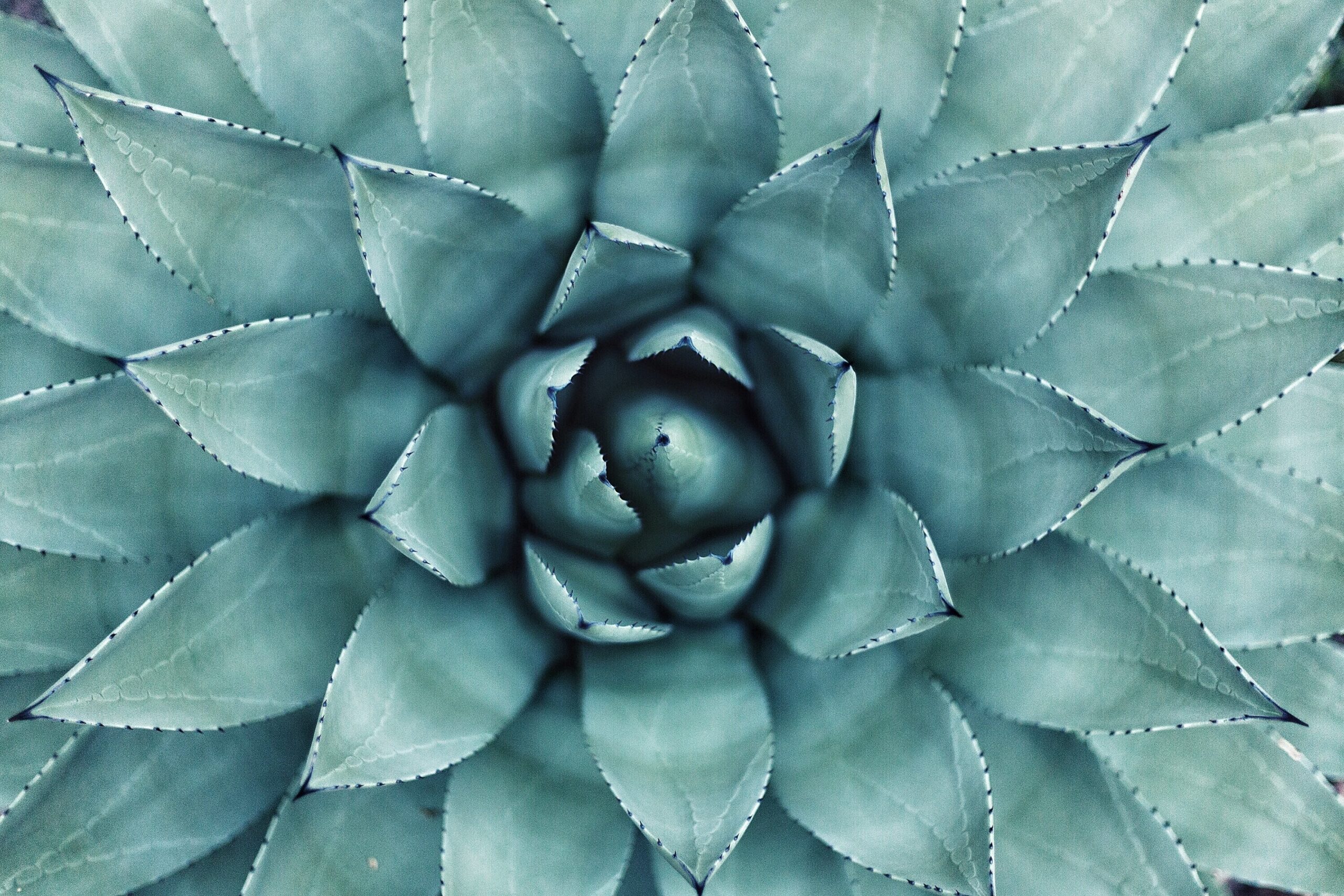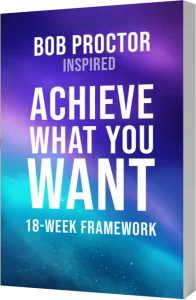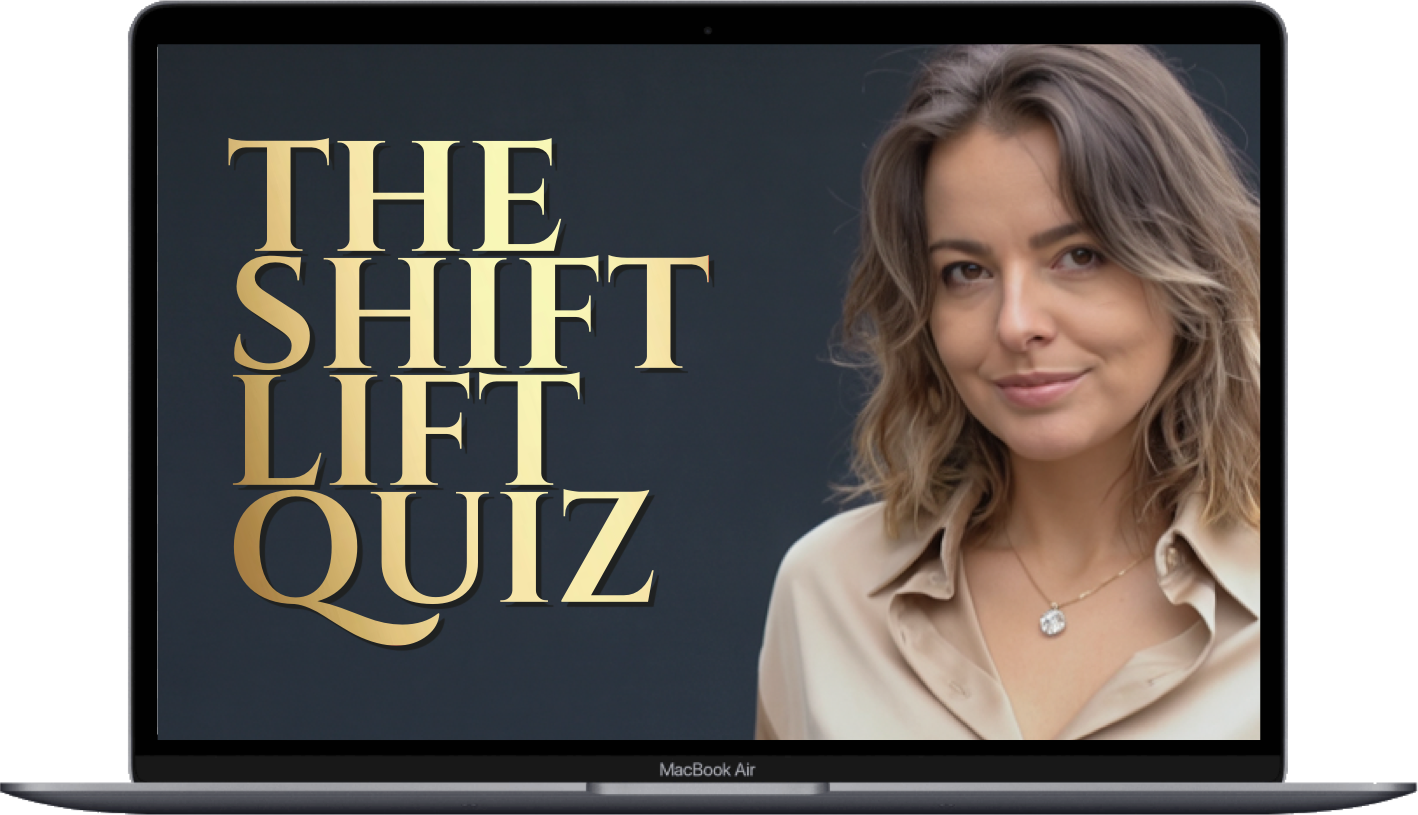Even the most beloved person is only a part of my vast, boundless world. To say they are the entire world is to collapse something infinite into a single form. It’s a self-imposed narrowing — one that cuts off the richness, aliveness, and possibility offered by the rest of the world. And it places an unbearable weight on the other person, burdening them with the impossible task of becoming everything: emotionally, physically, spiritually. No one can carry that.
I believe Love lives inside each of us. For some, it’s simply hidden beneath layers of pain. But when I open my heart, I don’t just open it to one person. I open it to the entire world. I am in love with life itself.
Closeness — what does that mean to me? I’m naturally open. But most people, starting in childhood, don’t learn how to be open. Some have the capacity but choose to share it only with those who match their inner images — social expectations, cultural stereotypes, childhood patterns, complexes, inherited narratives of gender or status. In theory, we could all be open to one another. In reality, we filter through internal blueprints of the “ideal” partner. Attraction often isn’t a mystery of electricity — it’s a silent agreement between our subconscious image and their outer form. If the fit isn’t there, we dismiss it without question.
Once, during an exercise in Kozlov’s Syntone course — a session on intimacy and embodiment — blindfolded women stood in a circle while the men moved around us offering silent gestures of tenderness. Some kissed a cheek or neck, as instructed. Afterwards, when we learned who was who, I was surprised. One man, whose appearance I found deeply attractive, had touched me, but the gesture felt cold and repelling. Meanwhile, others — men I wouldn’t normally even shake hands with — evoked warmth. It was revealing. The feeling wasn’t about the gesture or even the person’s looks. It was something deeper.
That’s what attraction really is. Not preference, not taste. A resonance with what lives inside us.
And what about openness? I believe the most extraordinary kind of love is available to every human being — if they’re willing to liberate that love from the dungeons of fear, pain, and resentment. If two people manage to do that inner work, I genuinely believe they can build a nourishing, successful connection. Of course, there must be spiritual affinity. I’ve never been in such a relationship myself, so I can’t say with certainty — but it feels true. Love can exist between any two people. Whether they can live together — now that’s a different matter. That’s a project that requires mutual readiness, self-awareness, and space for integration. If only one person has done the work, it becomes difficult. You either leave, or stay and carry the weight of being the only one awake. Which is its own kind of responsibility.
And yet, we still don’t choose openness as our metric. Often, the most open-hearted people are those who’ve suffered, who’ve been unloved, or who never quite fit the mold. Their openness was born of necessity — a way to survive when connection didn’t come easy. They’ve learned to be with themselves, to love without demand. These are the people we often overlook.
Meanwhile, our so-called “love” is hijacked by internal photo cards — archetypes and ideals, fantasies stitched together by media, memory, and childhood longing. Our search for connection becomes a sorting task: scanning the environment for someone who matches the template. When they do, we call it love. When they don’t, we move on — often missing what could have been real.
We don’t listen to our inner truth. We convince ourselves we’ve found something meaningful, when what we’ve actually found is compatibility with a script. Sometimes we don’t realize we’ve been riding a replica of love until something wild, raw, and real calls us — like a jaguar waiting at the edge of the jungle.
At some point, I grew tired of chasing mirages. I wanted to shake off the mental scaffolding that boxed in my soul. I began asking: Who are we to each other? Not by role or label — father, sister, boss, classmate — but by essence. What’s real between us, and what is formality dressed as love?
We absorb hierarchies without question. We organize relationships by obligation — who we owe, who we must be close to, who we are bound to by shared history or blood. But is that what intimacy is? Is it obligation? Or is it something much quieter — the invisible thread of presence, recognition, inner yes?
I’m learning to feel into that — not with my thinking mind, but with some deeper, nonphysical intelligence. Who do I actually want to be close to? Not because I “should,” but because something in me responds. Whose closeness is born of kinship beyond blood, beyond roles — a merging of inner worlds?
Is family about duty? Am I bound to someone simply because their sperm helped spark my birth? Am I obligated to reciprocate every kindness that was once extended, even when my inner self says no?
I don’t know.
Maybe I’m close to no one. Or maybe I’m close to everyone. I just know this: I’m open. Genuinely open. And at any moment, anyone who is ready to meet me there — in truth, in presence, in love — can become close to me.




